Many of the foods that we buy in the supermarket are made more appetizing and longer lasting by the addition of a thickening agent to give them more body and volume. Thickeners work by increasing the viscosity of a liquid, normally without altering their taste or colour and one of the most common forms of thickening agents is known as a Gel. In chemistry a gel is defined as a liquid contained within a cross-linked solid network of molecules by surface tension that prevents the liquid from being able to flow. In some respects a gel acts almost like a sponge, a lattice of fibers that holds in a liquid.

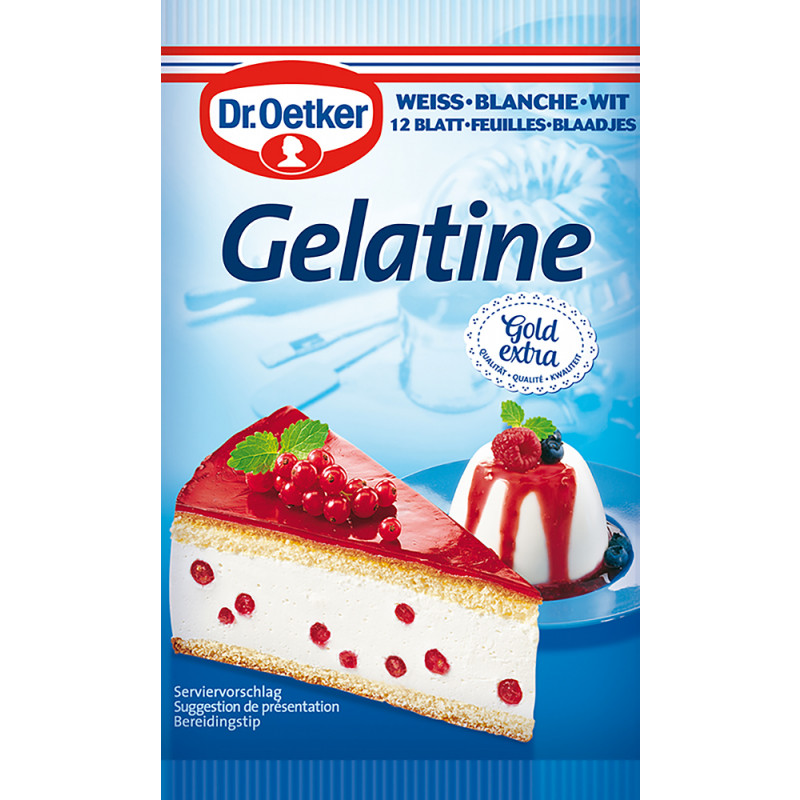
Commercially the two most common types of gels are pectin and gelatin, from which the word gel is derived. Both pectin and gelatin form their cross linked network from long chains of molecules, technically called a polymer. The primary difference between the two chemicals being that in pectin the chains are made up of sugar molecules while in gelatin they are composed of proteins. Those differences stem from the sources of the two classes of chemicals with pectin being derived from plant tissue while gelatin is produced from animal tissue.
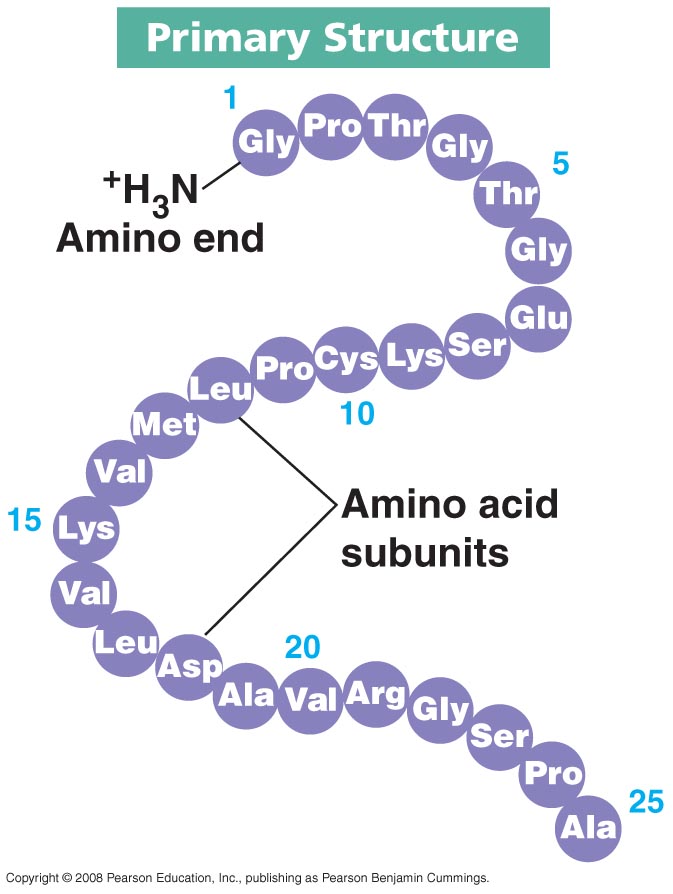
In plants pectin consists of a large number of compounds derived from sugars, technically polysaccharides, which serve as structural components in the cell wall. Pectin serves to not only strengthen the cell walls of the non-woody parts of plants but also allows for cell growth while at the same time holding plant cells together. The softening of fruit as it ripens is caused by the breakdown of pectin through the action of enzymes, as is the rotting of the leaves of deciduous trees.
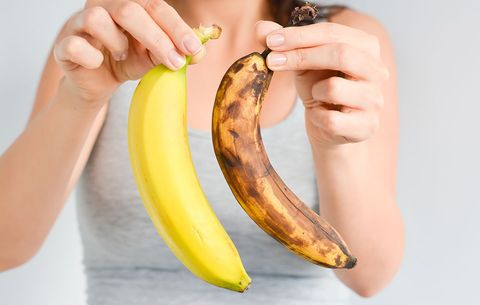
Historically pectin has been used in food production for many centuries, just how many is not precisely known. However it was in 1825 that chemist Henri Braconnot first succeeded in isolating Pectin. Although pectin can be obtained from numerous fruits and vegetables modern commercial production of pectin is primarily derived from the peels of citrus fruits.

Pectin is perhaps best known in food preparation for the production of jellies and jams, indeed without pectin your favourite jelly would be nothing but a sweet juice. In addition to jellies pectin is also used to provide a bit of substance in low fat baked goods and health drinks. Being both colourless and tasteless Pectin does not interfere with the natural appearance or flavour of the food it is adding body to.
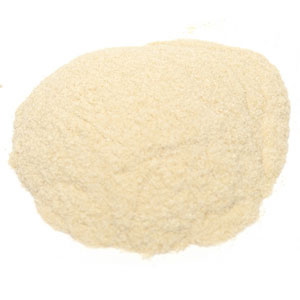
Pectin is also frequently used in non-food products, being added to cosmetics and drugs such as in time-release drug capsules. In fact the increase in viscosity and volume provided by pectin have led to it being prescribed as a medication for constipation and diarrhea.
As mentioned earlier, unlike pectin gelatins are produced from animal parts, specifically protein collagens obtained from the hooves, bones and skins of pigs and cows. Despite being chemically so different from pectin gelatin behaves in much the same fashion and is often used in much the same way.

Everyone is familiar with Jell-O, the brand name for fruit flavoured gelatin desserts. Other food products that obtain their firmness from gelatin include marshmallows, gummy candies, ice cream, cream cheese and even margarine. Like pectin, gelatin has no taste or colour and can be added to almost any food in order to give it some firmness without altering the flavour or appearance.

Gelatin also has a large number of non-food uses including a variety of glues and other adhesives. In photographic film gelatin is by far the most commonly used material for holding the silver halide crystals onto the photographic paper. Other uses include the capsules of some powdered drugs as well as the binder for matches and sandpaper. Ballistics gelatin is commonly used in measuring the performance of firearms and their projectiles.
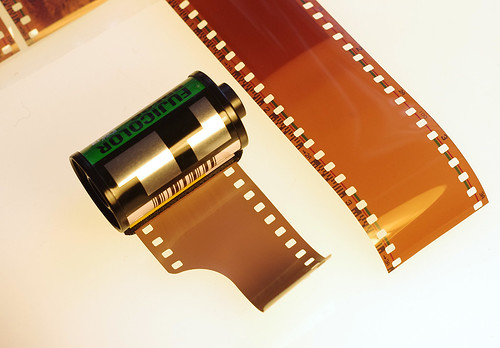

The earliest known uses of gelatin come from 15th century England where the hooves of cows were boiled to obtain gelatin. Modern gelatin production comes the hides of both pork and cows (75%) or their bones (25%) although some cooks still produce their own gelatin at home from animal bones and cuts of meat containing a good deal of cartilage.
Because it is made from animals the consumption of gelatin by some people may be taboo for religious or ethical reasons. Jews and Moslems are forbidden from eating gelatin made from pork while Hindus are forbidden from eating gelatin made from cows. A vegan of course would refuse to consume gelatin of any kind. Pectin on the other hand, being produced from plants doesn’t raise any such moral conflicts.

Subjective opinions aside, pectin and gelatin are two very different classes of chemicals that nevertheless are used in very similar ways in the production of food. Providing another reminder that cooking is really just chemistry.
